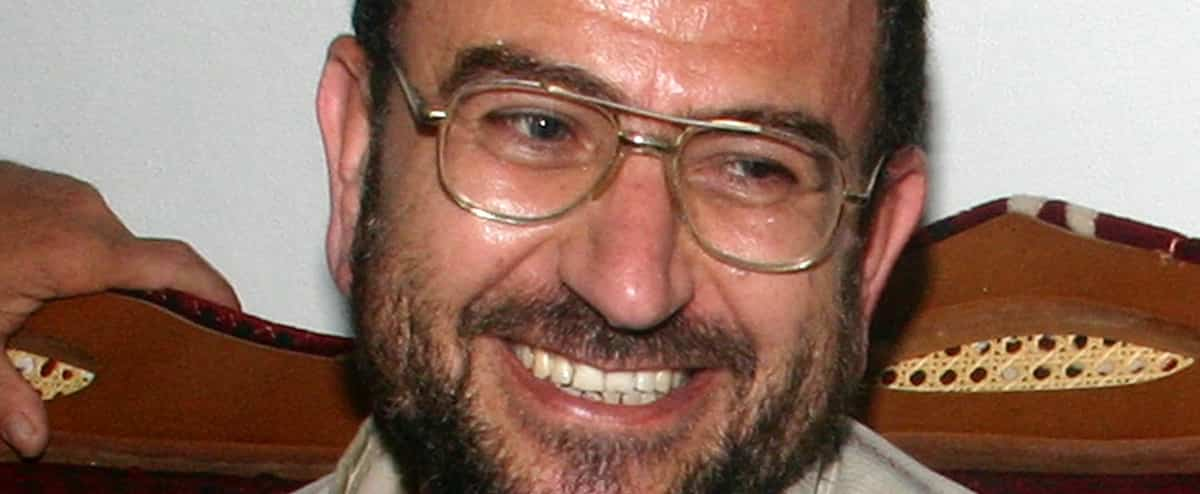Hamas number two was killed Tuesday in a strike attributed to Israel near Beirut, the Palestinian Islamist movement and Lebanese officials announced, reviving fears of an extension of the conflict between Hamas and Israel in Gaza.
• Read also: Israeli arrested for posing as soldier
Exiled in Lebanon for several years, Saleh al-Arouri was killed in a strike blamed on the Israeli army which targeted the Hamas office in the southern suburbs of the Lebanese capital, stronghold of pro-Iranian Hezbollah, according to two Lebanese officials of security.
According to Hamas leader Ismaïl Haniyeh, who denounced a “terrorist act” and assured that the movement would “never be defeated”, two leaders of the military branch of Hamas, the Ezzedine al-Qassam, Samir Fandi and Azzam al-brigades, Aqraa, were also killed in the strike, like four other leaders of the movement, Mahmoud Zaki Chahine, Mohammad Bashasha, Mohammad al-Raïs and Ahmad Hammoud
Questioned by AFP, the Israeli army indicated that it “does not comment on information from foreign media”. Its spokesperson Daniel Hagari, without directly mentioning the strike which killed Salah al-Arouri, affirmed in the evening that it was ready to face “any scenario”, while the death of the leader of Hamas in Lebanon revived fears of a regional conflagration.
Tuesday evening, Lebanese Hezbollah, which supports Hamas, assured that the “assassination” of Saleh al Arouri “will not go unanswered or unpunished”, the Lebanese Prime Minister also denouncing a “new Israeli crime (which ) aims to drag Lebanon into a new phase of confrontation” with Israel.
Same story from the Prime Minister of the Palestinian Authority, who warned “against the risks and the consequences which could result from this”, and from Islamic Jihad, another armed group in Gaza, which denounced a “ attempt by the Zionist enemy […] to drag the entire region into war.
Hamas carried out an attack of unprecedented scale on Israeli soil on October 7, killing 1,140 people, mostly civilians, according to an AFP count based on official Israeli data, and taking around 250 people hostage, including more than 100 were released at the end of November during a truce, in exchange for Palestinian prisoners.
In response, Israel vowed to “destroy” the Palestinian Islamist movement, classified as a terrorist organization by the United States, Israel and the European Union, and shelled from the Gaza Strip, subject to a total siege since October 9.
The war has cost the lives of 22,185 people in Gaza, mostly women, adolescents and children, Hamas, which has ruled the territory since 2007, announced on Tuesday.
Since the start of the conflict, the Israeli-Lebanese border had already been the almost daily scene of exchanges of fire between the Israeli army and Hezbollah, which supports Hamas, but never had a strike hit the outskirts of the Lebanese capital. since the start of the war. Never has such a high-ranking Hamas leader as Saleh al Arouri been killed since the start of the conflict, which saw the Israeli army announce several times that it had succeeded in killing leaders of the movement in the Strip. Gaza.
Tuesday evening, many residents flocked to the area around the affected building in the suburbs of Beirut, whose facade appeared to be badly damaged on two floors. Through the completely gutted walls of one of these floors, several silhouettes of people were visible, apparently trying to find evidence of the strike.
Many Palestinians also gathered after the announcement of the death of Saleh al-Arouri in the streets of Ramallah, in the occupied West Bank, where clashes with the army and Israeli settlers have increased since the start of the conflict between Hamas and Israel, according to images from AFPTV.
After spending nearly twenty years in Israeli prisons, Saleh al-Arouri was released in 2010 on the condition that he go into exile. His empty house was destroyed with explosives by the Israeli army in the occupied West Bank at the end of October, according to witnesses.
On the ground in Gaza, the Israeli army also continued its ground operations and bombings relentlessly on Tuesday.
Despite pressing demands from the international community for a ceasefire, the army is preparing for “protracted fighting”, which should last “throughout the year”, warned its spokesperson, Daniel Hagari .
“The idea that we could stop soon is wrong. Without a clear victory, we will not be able to live in the Middle East,” added Defense Minister Yoav Gallant, who visited soldiers on Tuesday – 173 of whom died in the Gaza Strip.
• Read also: Gaza war to continue ‘throughout’ 2024
Witnesses reported, during the night of Monday to Tuesday, missile fire towards the town of Rafah (south) and bombings around the Jabaliya refugee camp (north). Fighting was also reported in the areas of al-Maghazi and Bureij, as well as in Khan Younes, a large city in the south of the territory, which has become the epicenter of Israeli army operations.
The Palestinian Red Crescent also declared on the social network X (formerly Twitter) that its premises in Khan Younes had been targeted by Israeli strikes. According to the Hamas Ministry of Health, they left four dead, including an infant.
In the Nasser hospital in Khan Yunis, Fathi al-Af stands next to one of his children sitting on a stretcher, his hair covered in gray dust.
“We were in the premises of the Red Crescent, we are civilians evacuated from Gaza, we fled death […]. They told us to go south, that it would be safe, but they are liars,” he told AFPTV in tears.
The war has caused immense destruction and a humanitarian disaster in the Palestinian territory, where famine threatens and most hospitals are out of service.
The Gaza Strip’s 2.4 million residents — 85% of whom have been displaced according to the UN — face severe shortages of food, water, fuel and medicine.
Despite a UN Security Council resolution demanding the delivery of humanitarian aid, aid trucks are still arriving in trickles.
